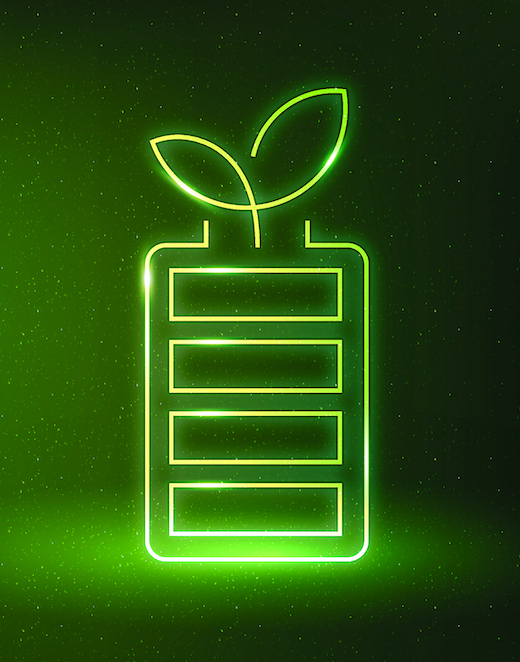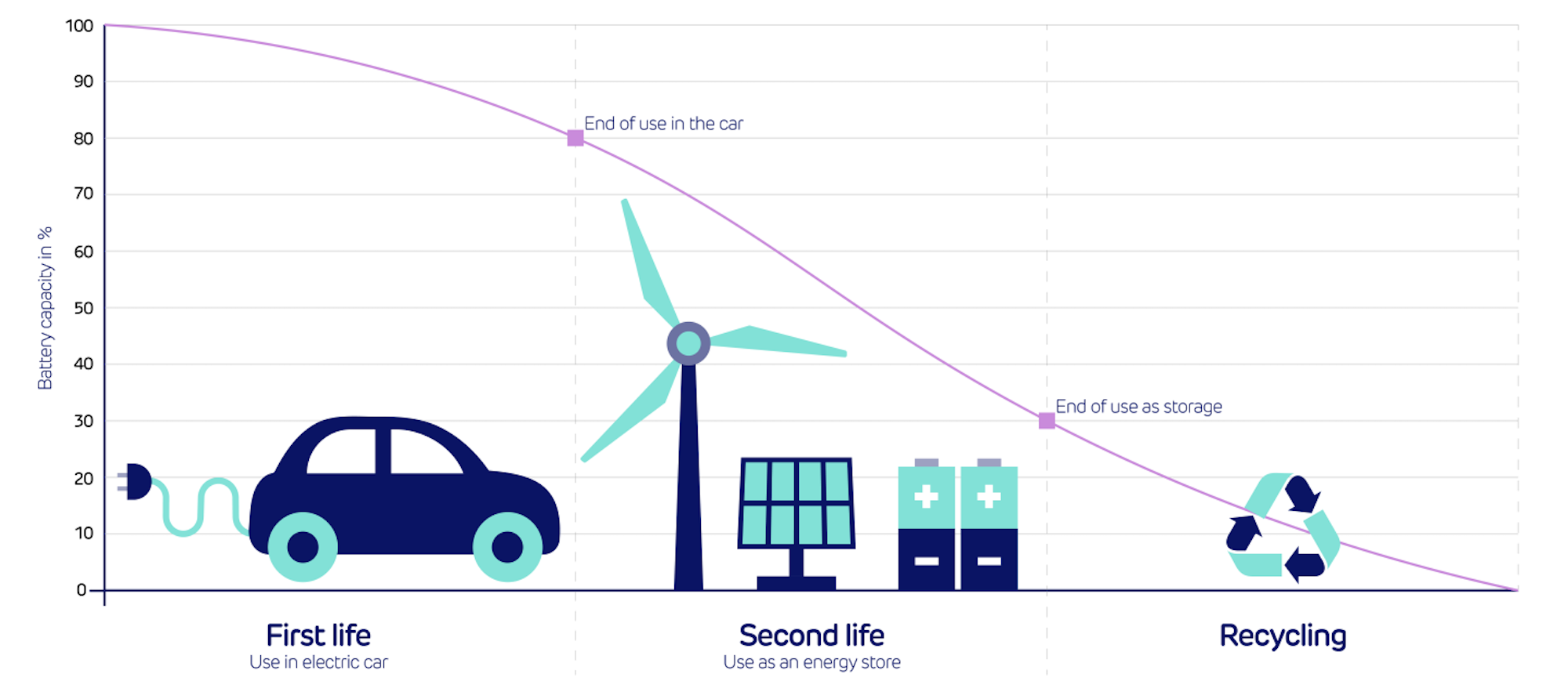Recycling

2nd Life Application & LiB Recycling
Himadri intends to have a circular economy in the LiB segment and reduce the overall carbon footprint of the industry.
Himadri is developing a recycling technology to increase overall usability of LiB components by adopting 3R system (reduce, re-use, recycle).
Himadri intends to use the End of Life (EoL) LiB so as to minimize the e-waste generated. .
The EoL battery should have a second use – Himadri’s 2nd Life Application technology aims to address the second usage of LiBs.
The EoL batteries should be recycled, recovering as much material as possible and preserving any structural value and quality– Himadri’s groundbreaking Recycling technology aims to recover suitable battery materials to serve as precursor or feedstock in Himadri’s battery material production

2nd Life Applications


Lithium-ion batteries (LiBs) find a second life through innovative applications, notably in energy storage. Used electric vehicle (EV) batteries with reduced capacity can be repurposed for stationary storage systems. This extends their lifecycle and maximizes resource efficiency. Himadri wishes to expand usage of the End-of-Life High End EV LiBs into the 2 -wheeler and ESS segments, through the utlisation of futuristic technology.


LiB Recycling


The ongoing revolution of Lithium-Ion Batteries would pose one serious challenge to the environment: disposal of the batteries after it reaches its end of life. Disposing of batteries could create a large portion of e-waste in the environment.
Battery recycling is the reuse and reprocessing of disposed batteries aimed at reducing the number of batteries being disposed of as material waste. Recycling could reduce the quantity of material going into landfills. Cobalt, nickel, manganese, and other metals found in batteries can readily leak from the casing of buried batteries and contaminate soil and groundwater, threatening ecosystems, and human health. In addition to potential environmental benefits, recycling also offers economic advantages. In many types of Li-ion batteries, the concentrations of these metals, along with those of lithium and manganese, exceed the concentrations in natural ores, making spent batteries akin to highly enriched ore. If those metals can be recovered from used batteries at a large scale and more economically than from natural ore, it will have a significant effect on the price of a Lithium Ion Battery.
Himadri, through our innovative recycling technology, aims to achieve more than 90% recovery of EoL LiBs recovering Lithium and other metallic components of a LiB. This sustainable and eco-friendly technology will help Himadri to address not only the stumbling block of e-waste but also generate recovered materials suitable for LiB. This will ensure a green and circular economy for Himadri as well as the ecosystem.

